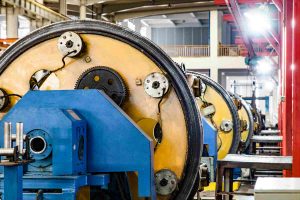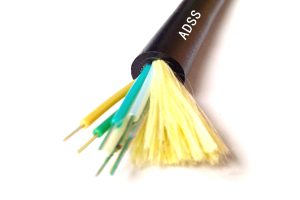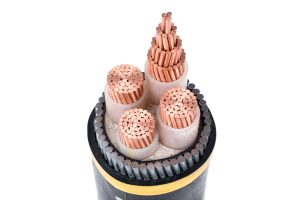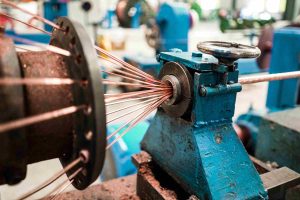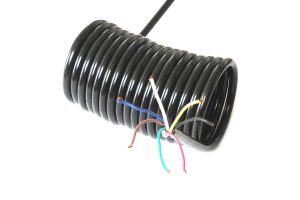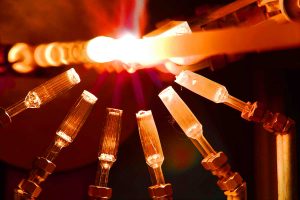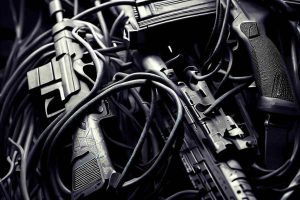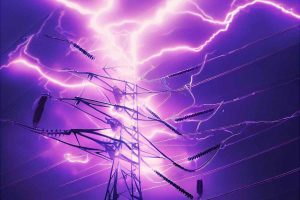Cables are a crucial supporting industry for economic construction, getting involved in various fields such as energy, transport, communication, building, data transmission and industry. With the continuous development of the manufacturing industry in China, manufacturing capacity, cable industry technology and equipment have gradually improved, significantly raising the level of quality in general. Currently, The cable industry in China has developed enormous production capacity, a variety of products that meet demand and a growing market share. Now, ZMS introduces you to the top ten cable manufacturers in China.
Information
Wire and cable are important industrial products for a wide range of applications.. ZMS provides you with technical information on all types of wire and cable.

ADSS Fiber Optic Cable Parameters
El ADSS (All-Dielectric Self-Supporting) It is a type of fiber optic cable used in telecommunications networks, especially in aerial installations. This cable has become a popular choice due to its ability to support its own weight without the need for additional metal supports.. To ensure optimal performance and network durability, It is essential to understand the key parameters of ADSS fiber optic cable.
Medium Voltage Cables Characteristics and Applications
Medium voltage cables are fundamental components in the transmission of electricity in a variety of applications. these wires, defined by their nominal voltage that ranges between 1 kV y 35 kV, They play a crucial role in the distribution of electrical energy in various industries and environments. Let's take a look at the applications and characteristics of medium voltage cables.
What Are the Equipments for the Manufacture of Cables?
Wire and cable manufacturing is a complex process that requires a variety of specialized equipment and tools to produce high-quality products.. All wire and cable processing begins with the conductor, and layers of insulation, appantallamiento, armor and jacket are processed layer by layer on the periphery of the conductor. The more complex the product structure, more cable manufacturing equipment is used.
spiral cable: Elasticity and Versatility for Various Applications
spiral cable, also known as spring cable, is a type of rope that offers a unique combination of elasticity and drag resistance. This wire can be stretched and bent as needed and then spring back to its original shape.
The Cost of Fiber Optic Cables: Key Factors and Considerations
Fiber optic cables are essential components in modern communication infrastructure.. Their ability to transmit data at impressive speeds and over long distances has made them a preferred choice for a wide range of applications., from high-speed networks to long-distance data transmissions. But, How is the cost of fiber optic cables calculated??
Military Cables: The Arteries and Nerves of the Defense Machinery
At the core of the modern military, military cables play a critical role. They are the arteries and nerves that transmit electrical energy and the information necessary for the operation of weapons and military equipment.. This article will delve into the historical evolution of military cables and their role in submarines., missiles and fighter planes.
Does Radiation from High Voltage Cables Affect Human Health??
In the age of electricity, high voltage cables are an essential part of our modern infrastructure. These cables carry large amounts of electrical energy over long distances., feeding our houses, industries and cities. Nevertheless, there has been persistent concern about whether radiation from these high voltage cables can affect human health. To fully understand this topic, First we must distinguish between two types of radiation: the ionizing and the electromagnetic.
Towards a Lasting Future: Exploring the Useful Life of Optical Fibers
In long-distance fiber optic communication systems, the transmission characteristics of the optical fiber must be stable over time. Especially buried long-distance trunk cables and submarine cable systems, place higher demands on the service life of optical fibers. Usually, for the useful life of the terrestrial fiber optic cables, it is expected that there will be more than 20 years of safe use. While, for submarine fiber optic cables, progress has been made in demanding that their life expectancy increase to more than 25 years, with an average of 10 years required between failures.
Guide to Choosing Charging Cables and Charging Points for Electric Vehicles
Electric vehicles are revolutionizing the automotive industry, and with its growing popularity, charging infrastructure has become increasingly diverse. Choosing the right charging cables and charging points for electric vehicles is essential to ensure safe and efficient charging. in this guide, we will explore in detail how to select the right cables and charging points for your electric vehicle.

